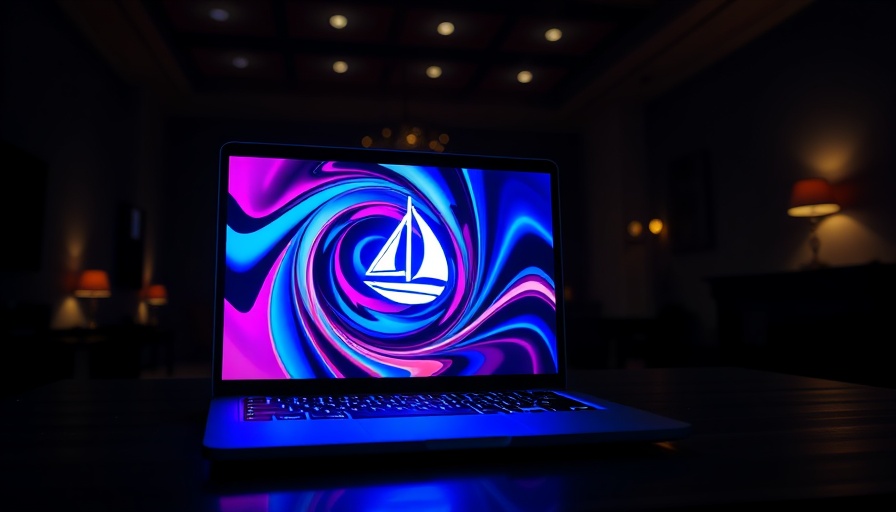
Unlocking Creativity Through AI: Midjourney's Innovative Model
Midjourney has made a significant leap in AI technology with the release of its new Image-to-Video generation model. This tool promises to transform the way content is created, enabling users to turn static images into captivating videos effortlessly. As we explore how this technology works, we can appreciate its implications for content creators across various platforms.
How Does Midjourney's Image-to-Video Technology Work?
At its core, the Image-to-Video technology utilizes sophisticated deep learning techniques and transformer-based generative models. By analyzing and interpreting features from a single uploaded image, it generates short video clips. Each creation yields four variations lasting about five seconds, allowing creators to choose from diverse storytelling options. Users can even extend their videos up to 21 seconds, tailoring their content to engage viewers more effectively.
The Magic of Motion Control: Personalizing the Experience
Midjourney enhances the user experience with advanced motion control options. Users can select between "Low Motion," which provides subtle animations, and "High Motion," which delivers dynamic movements ideal for exciting social media posts. Additionally, the platform supports two prompting methods: Automatic Prompting, where the AI chooses motions, and Manual Prompting, allowing users to specify their animation styles. This flexibility empowers creators with the tools needed to showcase their creativity.
Affordability and Access: Making AI Tools Available
In the evolving landscape of AI-driven tools, Midjourney’s subscription-based model offers an accessible entry point for users. Starting at only $10 per month, this subscription structure lowers the barrier for those new to AI video creation. Although video generation consumes significantly more GPU resources compared to static image generation, the pricing reflects this and provides value, aligning with the need for budget-friendly tech tools.
Addressing Legal and Ethical Challenges in AI
While the capabilities of Midjourney’s model are impressive, they also raise critical legal and ethical concerns. The generation of content through AI can blur the lines of originality and ownership, raising questions about copyright and potential misuse. As the AI landscape evolves, so too must the frameworks governing its use to ensure ethical standards are maintained.
Future Directions: Opportunities for Content Creators
The introduction of Midjourney’s Image-to-Video model opens doors to numerous opportunities for content creators, brands, and marketers. As video content continues to dominate social media, this tool could redefine how brands engage with their customers through personalized campaigns and innovative storytelling techniques.
In a world where content quality impacts user engagement dramatically, platforms like Midjourney are paving the way to a future where creativity is not just limited to those with technical expertise.
For those looking to harness the power of AI in content creation, exploring Midjourney's Image-to-Video model could provide invaluable insights and productivity as they adapt to an increasingly visual digital landscape.
 Add Row
Add Row  Add
Add 




 Add Row
Add Row  Add
Add 



Write A Comment